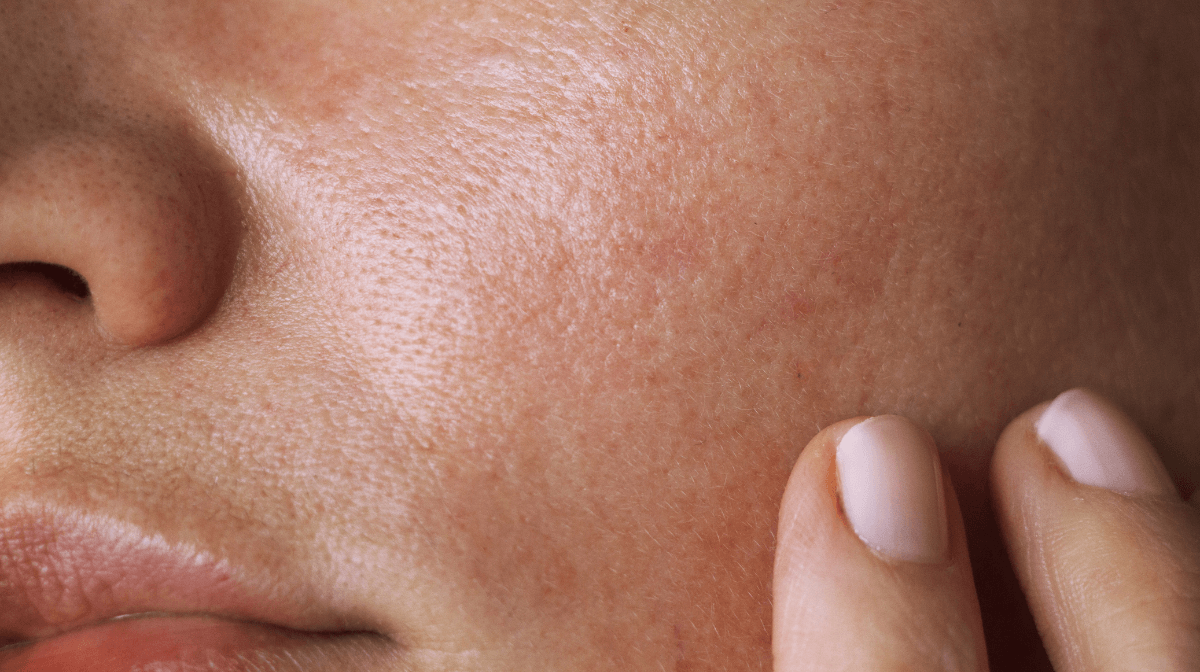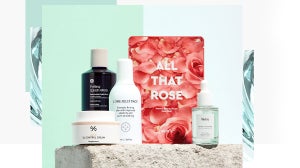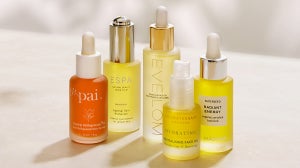
Hyperpigmentation and age spots are a common skin concern for many, but implementing specific products and techniques into your routine, you could help to improve the appearance of it.
If you’re wondering how to reduce hyperpigmentation, we’ve got some expert tips for you.
What is Hyperpigmentation?
Hyperpigmentation is a skin concern that causes certain areas of the skin to become darker than the areas around it due to the overproduction of the pigment, melanin.
What Causes Hyperpigmentation?
There are multiple factors that can cause dark spots to appear on the face, here are a few to help you determine what may be causing yours.
Sun Exposure
Exposure to the sun’s rays is one of the most common causes of dark spots on the skin.
Spending time in the sun naturally increases melanin production, which is how a tan develops. However, dark spots occur when melanin isn’t produced evenly, and some areas become darker than others.
Hormonal Changes
Hormonal fluctuations caused by factors such as pregnancy, menopause or contraception could stimulate melanin production leading to the appearance of dark patches on the skin.
Inflammation
Certain skin conditions like acne, eczema or psoriasis or trauma to the skin may trigger post-inflammatory hyperpigmentation.
Genetics
Some individuals may be genetically predisposed to developing hyperpigmentation.
The number of melanocytes you have is pre-determined by genetics. However, hyperpigmentation and tanning involve the increase and transfer of melanosomes—the organelles that contain melanin.
Age
Hyperpigmentation is common in older adults, as it is largely attributed to long-term sun damage, whether that’s from excessive sunbathing sunbeds or not using SPF daily.
What Helps with Hyperpigmentation?
There are a couple of ways you could help to minimise the appearance of hyperpigmentation, including:
Sun protection
Sunscreen could be a crucial step in helping to reduce the appearance of hyperpigmentation caused by sun exposure.
We recommend making broad-spectrum sunscreen a non-negotiable part of your daily skincare routine – ideally SPF 30 or higher. Remember to reapply throughout the day, especially when spending long periods outdoors.
Incorporate Targeted Ingredients
Certain skincare ingredients, like vitamin C, could help to even out skin tone to reduce the appearance of dark spots.
Glycolic acid may be another useful ingredient to incorporate into your routine. As a chemical exfoliant, it could work well to support the skin’s natural renewal process, helping to buff away the darkest cells from the surface of the skin for a more even tone.
Professional Advice
If you've tried a few different methods to no avail, it might be worth consulting a dermatologist.
They could provide personalised treatment options such as prescription-strength topical creams, chemical peels, laser therapy or other procedures tailored to your specific skin concerns.
By identifying the underlying causes of hyperpigmentation and addressing them through targeted skincare and professional guidance, you could effectively manage and help to reduce the appearance of dark spots on your skin.
Consistency and patience are key when it comes to hyperpigmentation, so stay committed for optimal results.
Sun damage is a common cause of hyperpigmentation on the skin. Explore our guide on the best sunscreen for the face so you can provide some protection for your skin and contribute towards a more healthy-looking complexion.
Related Articles








